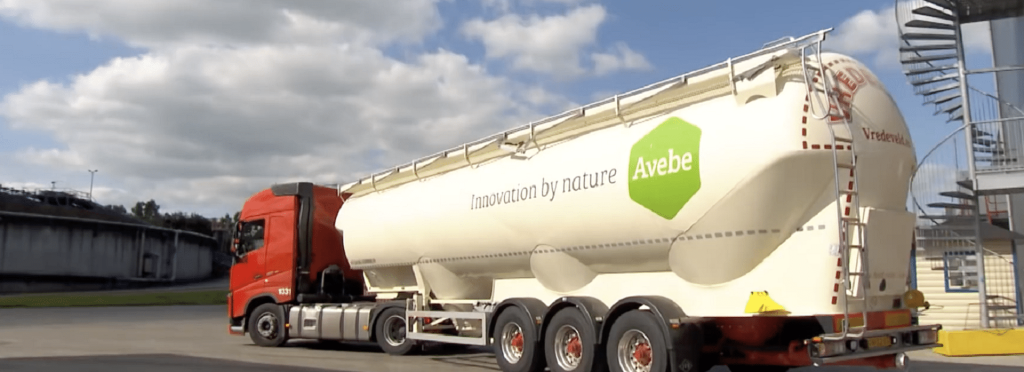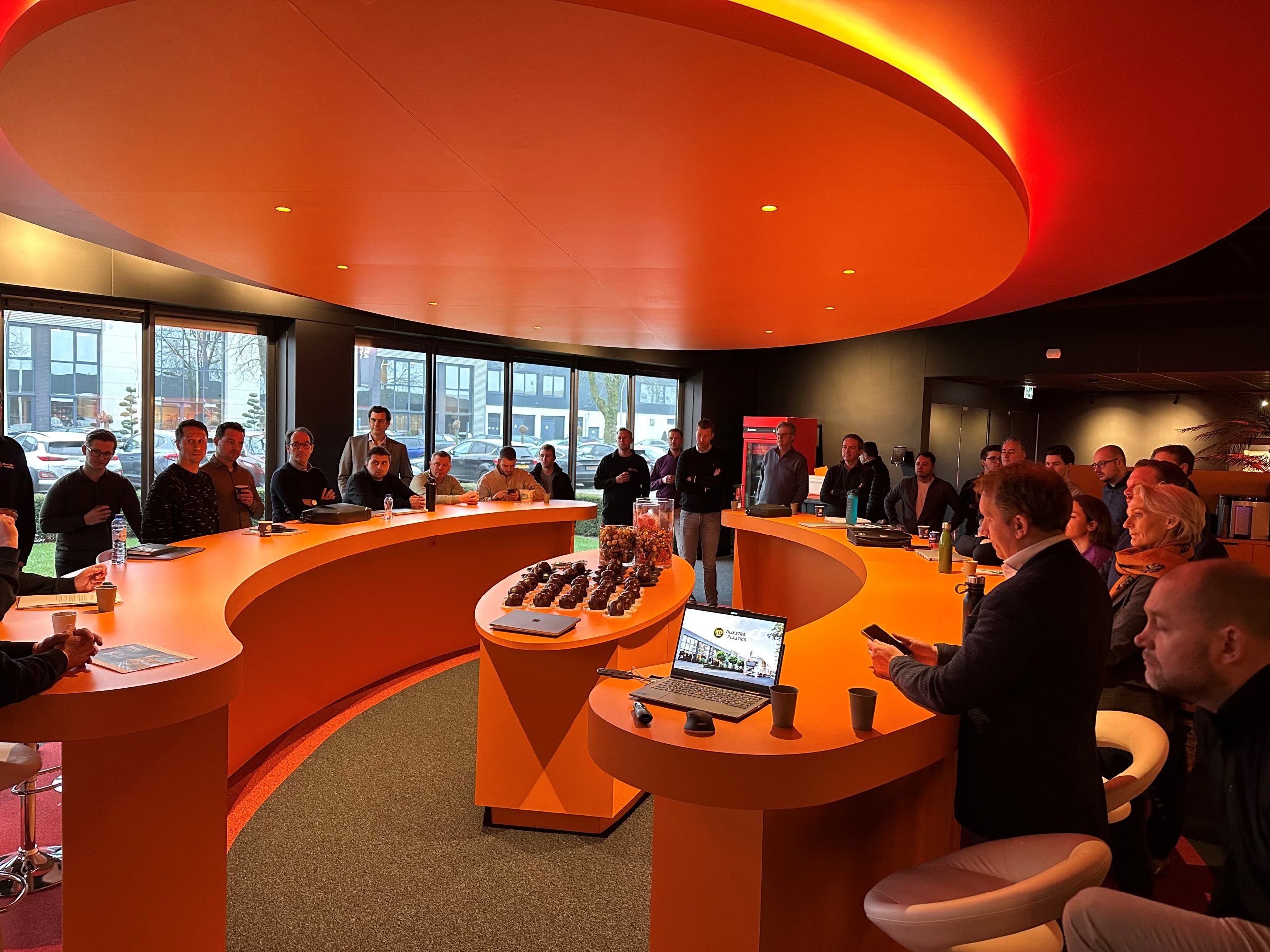In today’s dynamic marketplace, companies face a series of complex challenges. From climate change and fluctuating energy prices to unforeseen economic fluctuations. These uncertainties require a clear, rapid and flexible approach to supply chain management. An approach Royal Avebe has found in SAP Integrated Business Planning (IBP). Erik Pricker, Business Planning Manager at Royal Avebe, shares insights on how SAP IBP has helped them deal with these uncertainties. Avebe implemented 3 modules of IBP: IBP for Sales & Operations, Response & Supply and Demand.

About Royal Avebe
Royal Avebe is a leading player in the agribusiness industry. Avebe gets the most out of potatoes for more than 2,300 farmers, the cooperative’s shareholders. Or, as Erik Pricker himself says, “we get out what’s in it.” The company converts potato starch and protein into innovative products for the food industry, as well as for the textile and paper industries. With more than 1,000 unique finished products spread across 6 production sites in the Netherlands, Sweden and Germany, there is a high degree of planning complexity. Add to that the enormous dependence on harvest, and therefore weather, and you know that flexible scheduling is crucial. But how do you get this done?
Avebe’s choice of SAP IBP
Avebe faced the challenge of modernizing their supply chain planning software to better respond to dynamic market demand and external uncertainties. The decision to implement SAP IBP was aimed at obtaining flexible, rapid planning and optimizing the decision-making process. By enabling scenario planning and data analysis, Integrated Business Planning provided Avebe with the tools to optimize their supply chain.
Implementation process and challenges overcome
Implementing SAP IBP at Avebe was no small undertaking. As an early adopter, they were dealing with an IBP that was still in its infancy. Therefore, it required close cooperation between different departments, such as production, logistics and service management, and a deep understanding of existing processes to successfully integrate the software. Despite initial obstacles, such as aligning internal processes with the new software, the implementation led to significant improvements. Pricker says, “The ability to quickly model and evaluate scenarios allows us to be proactive rather than reactive to market changes. We used to manually enter a scenario in Excel, for example, 30% less crop results in x percent less sales volume. Because it was done manually, it was time-consuming, the risk of error was high and the results were not always accurate. Thanks to IBP Sales and Operations (S&OP), we can now calculate different scenarios quickly and flexibly. This has optimized long-term planning. We now know exactly what capacity we need to meet demand. We can also predict in advance what promise we can make to the customer in the event of changing circumstances.”
Lower costs and higher customer satisfaction
After implementing SAP IBP, Avebe saw a significant improvement in their supply chain efficiency. “Demand forecasts became more accurate and inventory levels were optimized. This also made production planning more insightful and efficient. These improvements led not only to cost savings but also to higher customer satisfaction and reliable deliveries. Thanks to the Excel add-in, we can quickly filter all our data. This allows us to tell Sales in 5 minutes what we can promise customers,” Pricker says.
Responding flexibly to fluctuating demand
They experienced that SAP IBP is of great value to Avebe during the corona pandemic. Market demand in the food segment then fluctuated unexpectedly due to a shift in demand from restaurant to supermarket. IBP enabled Avebe to quickly simulate different production and distribution scenarios, allowing them to implement an optimized plan within days to meet changing demand without sacrificing efficiency or profitability.
Avebe ‘s experience highlights the crucial role of advanced planning systems such as SAP IBP in today’s supply chain management. With the constant pressure of market changes and the need for sustainability, the ability to plan and respond quickly is essential to the success of any business.
From capacity planning to operational planning
Following the implementation of SAP IBP for S&OP, which focused primarily on optimizing long-term planning and capacity planning, Avebe also implemented IBP Response & Supply. This IBP application focuses on operational planning, allowing line planners to optimize short-term planning. The stock trend is calculated in IBP and an update of the forecast takes place every night. Thus, there is now daily insight and, if necessary, adjustments can be made quickly.
Avebe has also implemented IBP for Demand. This allows them to increase the quality of prediction. Pricker: “In many organizations, account managers’ confidence in statistical forecasting is very low. A computer does not have power and insight into the factors that we as humans do. This was also the thinking within Avebe. With the implementation of IBP for Demand, we did a retrospective test. The results of this test indicated that the system gave a better forecast than the human forecast in 60% of the cases. This was enough reason for our organization to take this further.”
Get a grip on your supply chain with SAP IBP
This blog shows how Avebe’s process with SAP IBP serves as an inspiring example for all organizations striving for a resilient, responsive supply chain. The story illustrates the power of integrated business planning in overcoming unforeseen challenges and seizing future opportunities. At Quinso, we understand the importance of smart solutions. The expertise we have built up with various clients means that we are uniquely capable of taking Sales & Operations within your organization to the next level. Continuous development is about smart solutions, now and in the future. With SAP Integrated Business Planning, you achieve integrated, unified planning in which all parts of the supply chain can be aligned. Curious about all the benefits of SAP IBP? Check out the solutions page here:



